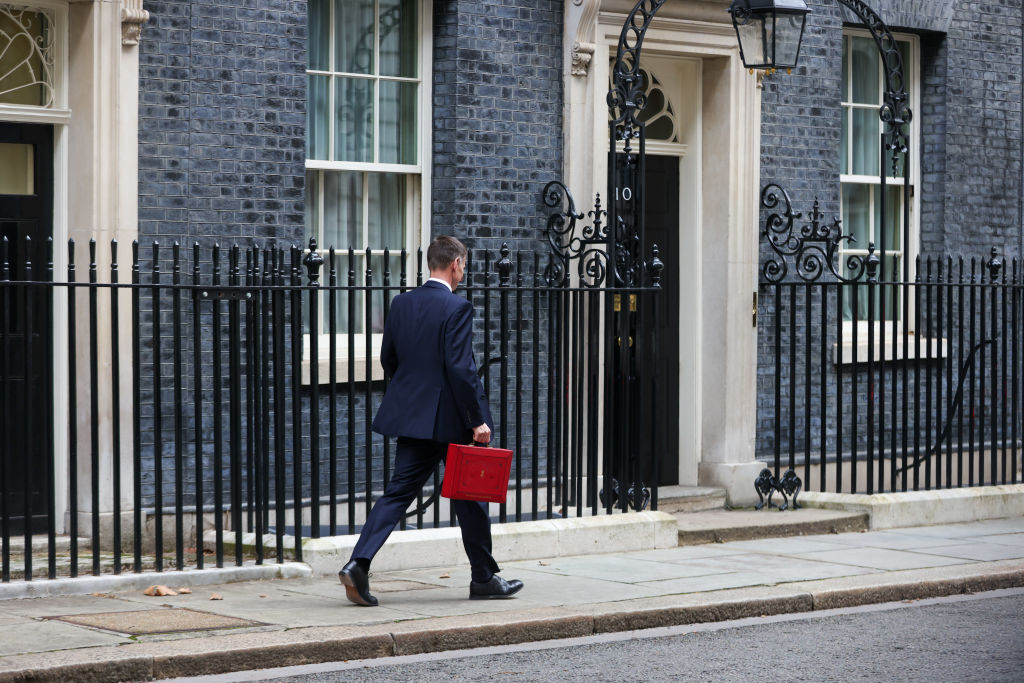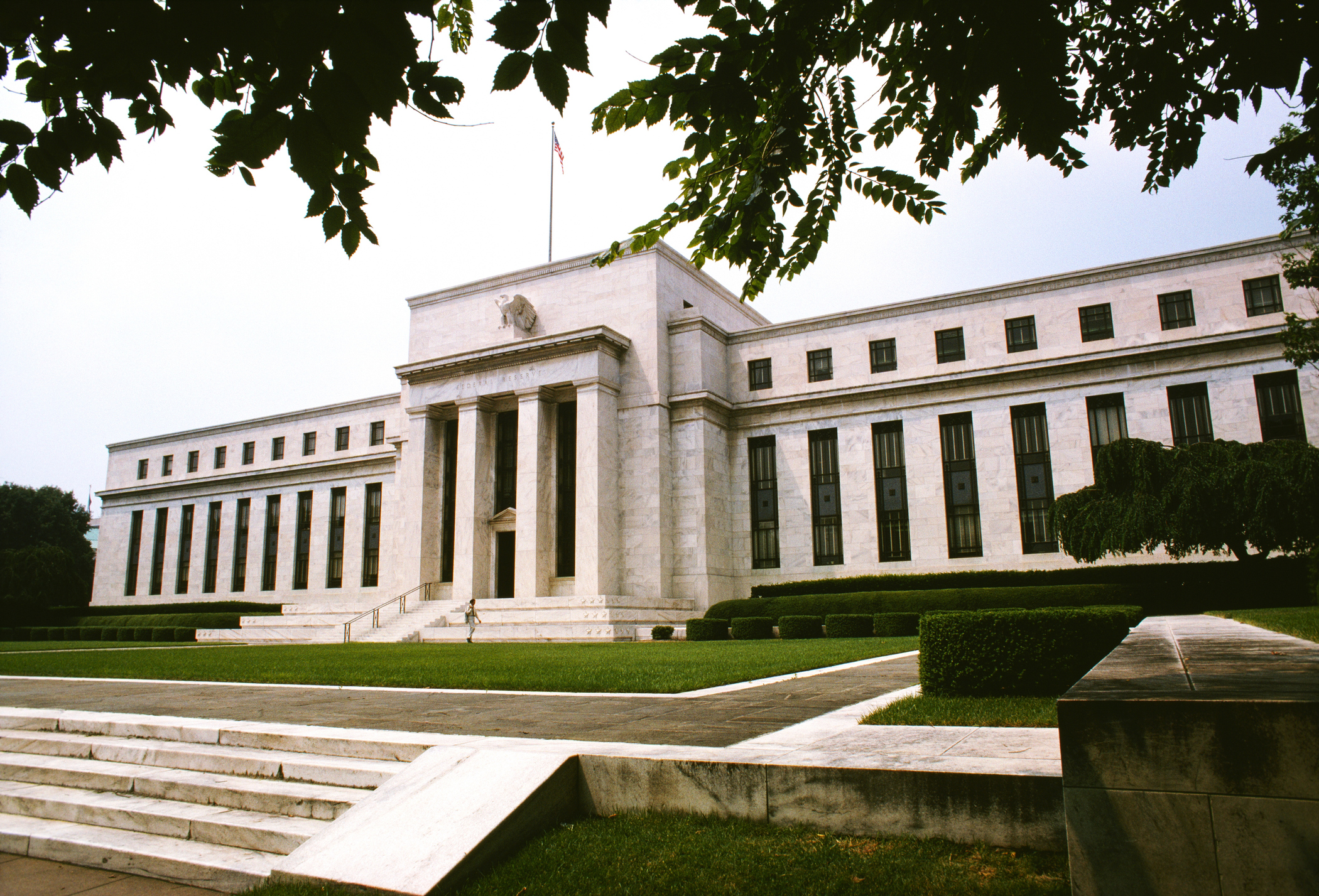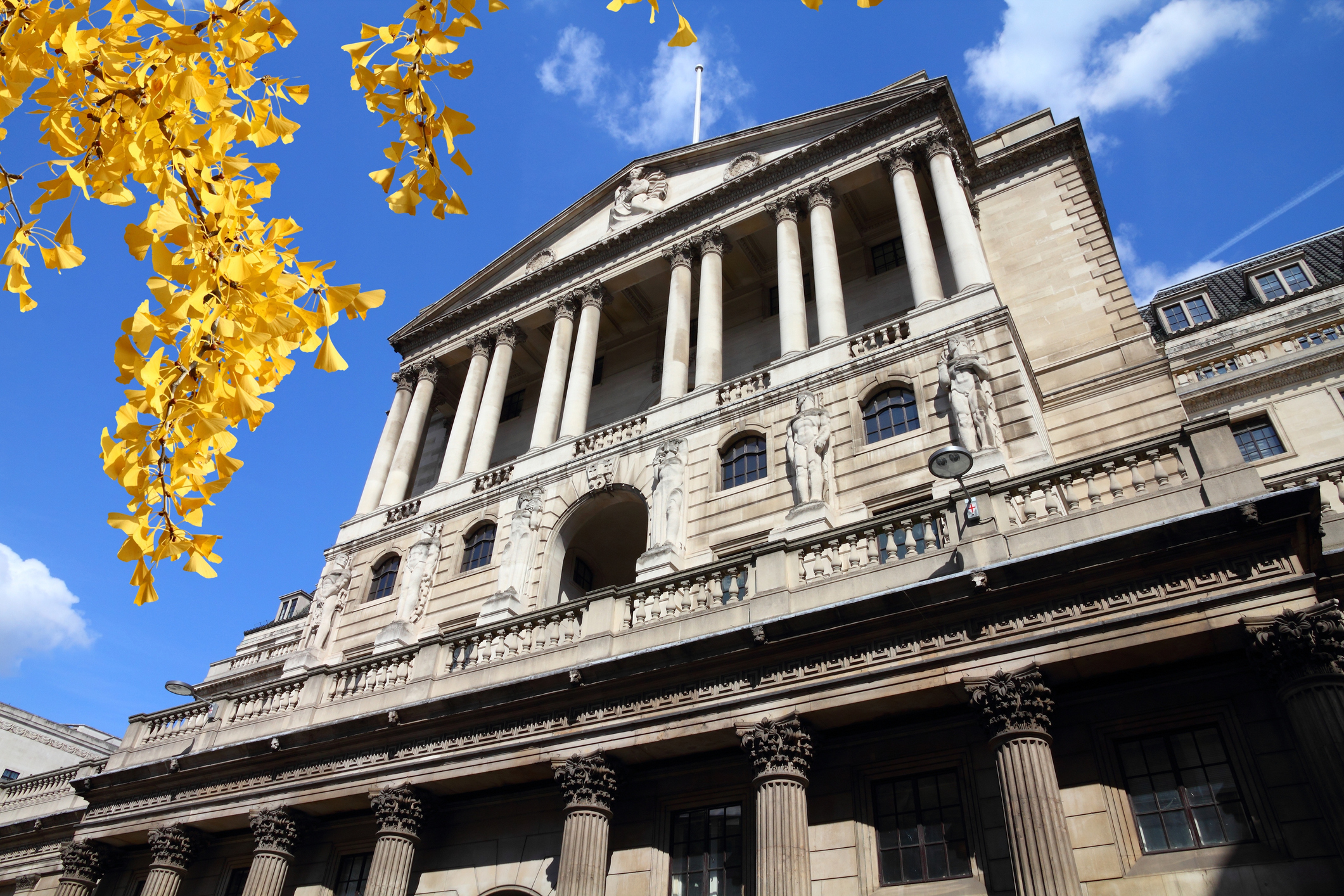The charts that matter: reverse corona-panic takes hold
Investors seem to have decided that the coronavirus panic was just yet another buying opportunity. John Stepek looks at how the week's events affect the charts that matter most to the global economy.

Welcome back.
Here are the links for this week’s editions of Money Morning in case you missed any.
- Monday: Is coronavirus panic reaching a peak yet?
- Tuesday: The green bubble is here. What could burst it?
- Wednesday: Is it time to buy bitcoin? This chart suggests it is
- Thursday: The coronavirus makes China’s economic balancing act even harder
- Friday: Is the jump in house prices just a Brexit bounce, or is it something more durable?
- Subscribe: Get your first 12 issues of MoneyWeek for £12
Get 40% off my book: Buy The Sceptical Investor and type in the code SCEPTIC40 when you come to pay. Or get it free on audio book if you join Audible at the same time.
MoneyWeek
Subscribe to MoneyWeek today and get your first six magazine issues absolutely FREE

Sign up to Money Morning
Don't miss the latest investment and personal finances news, market analysis, plus money-saving tips with our free twice-daily newsletter
Don't miss the latest investment and personal finances news, market analysis, plus money-saving tips with our free twice-daily newsletter
We also took a look at the UK and the European Union’s first steps towards laying out their respective Brexit stalls.
The charts that matter
At the end of last week, everyone was worried about coronavirus. By the end of this week, investors – fickle things that they are – had decided it was just yet another buying opportunity. And then at the very end of the week, they started getting a bit edgy again as it turned out that lots of companies are starting to mutter about their supply chain problems.
It helped somewhat that US nonfarm payrolls report for January came in a lot stronger than expected. As long as US consumers have jobs, they’ll keep consuming, and few economic forces in the world are as potent as an American with a bit of disposable income burning a hole in his or her pocket.
As a result of all this, the yield curve improved a little. The gap between the yield on the ten-year US Treasury (government bond) and the two-year widened, with the ten-year yielding a bit more than the two, which is what you’d expect in a growing economy.
The yield curve of course, inverted last year, which is a recession signal. But that could happen within the next 18 months and still count as a valid signal – so it’s not exactly brilliant for market timing.

(The gap between the yield on the ten-year US Treasury and that on the two-year: three months)
A strengthening dollar and a less fearful investment atmosphere meant it was a mediocre week for gold (measured in dollar terms). However, signs that wage inflation is picking up helped the yellow metal to hang in there – higher wage inflation suggests higher price inflation (eventually).

(Gold: three months)
The US dollar index – a measure of the strength of the dollar against a basket of the currencies of its major trading partners – was a good deal stronger this week.

(DXY: three months)
The Chinese yuan (or renminbi) held up better than might have been expected this week. That’s partly because the US and China are trying to play more nicely just now, what with an election coming up and China under pressure with the coronavirus.

(Chinese yuan to the US dollar: since 25 Jun 2019)
The yield on the ten-year US government bond rallied somewhat due to the tentative return to “risk-on”.

(Ten-year US Treasury yield: three months)
The yield on the Japanese ten-year was ever so slightly higher too, though still just sitting in negative territory.

(Ten-year Japanese government bond yield: three months)
Even the yield on the ten-year German bund perked up a little bit this week, although not by much.

(Ten-year Bund yield: three months)
Copper rallied somewhat, as markets calmed down about coronavirus, even though clear evidence of disruption to trade started to come through.

(Copper: six months)
The Aussie dollar also perked up a little.

(Aussie dollar vs US dollar exchange rate: three months)
Cryptocurrency bitcoin rallied this week. It’s not clear to me what moves bitcoin, but it seems to be pretty clear to my colleague Dominic – he suggested on Wednesday that bitcoin was a “buy” and lo and behold, it spent the rest of the week going up.

(Bitcoin: ten days)
Before we turn to US weekly jobless claims, let’s look at that nonfarm payrolls report. The US economy added 225,000 jobs in January, which was a lot higher than the 160,000 expected. The December reading was revised slightly higher to 147,000 from 145,000.
Meanwhile the unemployment rate moved higher – to 3.6% from 3.5% – but wage inflation beat expectations, rising by 3.1% on the year, instead of 3%.
You might be wondering – why did the unemployment rate go up? Well, it’s for a “good” reason – the labour market is healthy enough to encourage more people to join the pool of potential employees. In other words, people who might have given up looking for a job are back looking for one.
We know this because the participation rate rose to 63.4% (from 63.2%), which was the higher since June 2013. So all in all it’s quite hard to argue that this was in any way a bad jobs report.
So what about the more timely weekly data? Well, they were pretty good too. US weekly jobless claims fell sharply to 202,000 (from 217,000 – the previous week’s figures were revised higher by 1,000 claims). As a result, the four-week moving average now sits at 211,750.
When the four-week moving average troughs, the market often tops soon after. The number last hit a bottom in April last year. But if the jobs data continues to be punchy, we could see a fresh low before too long.

(US jobless claims, four-week moving average: since January 2016)
The oil price (as measured by Brent crude, the international/European benchmark) continued to be extremely weak.

(Brent crude oil: three months)
Internet giant Amazon beat forecasts with its fourth-quarter results last week, hence the huge jump in the share price.

(Amazon: three months)
Electric car group Tesla continued its incredible run. The buying energy had fizzled a little by the end of the week but you’d still be significantly richer today if you’d bought at the end of last week (not that I ever suggested you do).

(Tesla: three months)
Have a great weekend.
Get the latest financial news, insights and expert analysis from our award-winning MoneyWeek team, to help you understand what really matters when it comes to your finances.
John Stepek is a senior reporter at Bloomberg News and a former editor of MoneyWeek magazine. He graduated from Strathclyde University with a degree in psychology in 1996 and has always been fascinated by the gap between the way the market works in theory and the way it works in practice, and by how our deep-rooted instincts work against our best interests as investors.
He started out in journalism by writing articles about the specific business challenges facing family firms. In 2003, he took a job on the finance desk of Teletext, where he spent two years covering the markets and breaking financial news.
His work has been published in Families in Business, Shares magazine, Spear's Magazine, The Sunday Times, and The Spectator among others. He has also appeared as an expert commentator on BBC Radio 4's Today programme, BBC Radio Scotland, Newsnight, Daily Politics and Bloomberg. His first book, on contrarian investing, The Sceptical Investor, was released in March 2019. You can follow John on Twitter at @john_stepek.
-
 ChatGPT turns three: what’s next for the ‘AI era’?
ChatGPT turns three: what’s next for the ‘AI era’?Three years after its launch kickstarted the age of AI, ChatGPT and its maker OpenAI are driving the stock market. But concerns are growing over whether OpenAI will be able to turn its AI dominance into profit.
-
 What to do with old £1 coins
What to do with old £1 coinsThe old one pound coin was demonetised in 2017, but there are still millions out there in the UK. Here’s what to do if you find an old £1.
-
 UK wages grow at a record pace
UK wages grow at a record paceThe latest UK wages data will add pressure on the BoE to push interest rates even higher.
-
 Trapped in a time of zombie government
Trapped in a time of zombie governmentIt’s not just companies that are eking out an existence, says Max King. The state is in the twilight zone too.
-
 America is in deep denial over debt
America is in deep denial over debtThe downgrade in America’s credit rating was much criticised by the US government, says Alex Rankine. But was it a long time coming?
-
 UK economy avoids stagnation with surprise growth
UK economy avoids stagnation with surprise growthGross domestic product increased by 0.2% in the second quarter and by 0.5% in June
-
 Bank of England raises interest rates to 5.25%
Bank of England raises interest rates to 5.25%The Bank has hiked rates from 5% to 5.25%, marking the 14th increase in a row. We explain what it means for savers and homeowners - and whether more rate rises are on the horizon
-
 UK inflation remains at 8.7% ‒ what it means for your money
UK inflation remains at 8.7% ‒ what it means for your moneyInflation was unmoved at 8.7% in the 12 months to May. What does this ‘sticky’ rate of inflation mean for your money?
-
 Would a food price cap actually work?
Would a food price cap actually work?Analysis The government is discussing plans to cap the prices of essentials. But could this intervention do more harm than good?
-
 Is my pay keeping up with inflation?
Is my pay keeping up with inflation?Analysis High inflation means take home pay is being eroded in real terms. An online calculator reveals the pay rise you need to match the rising cost of living - and how much worse off you are without it.
